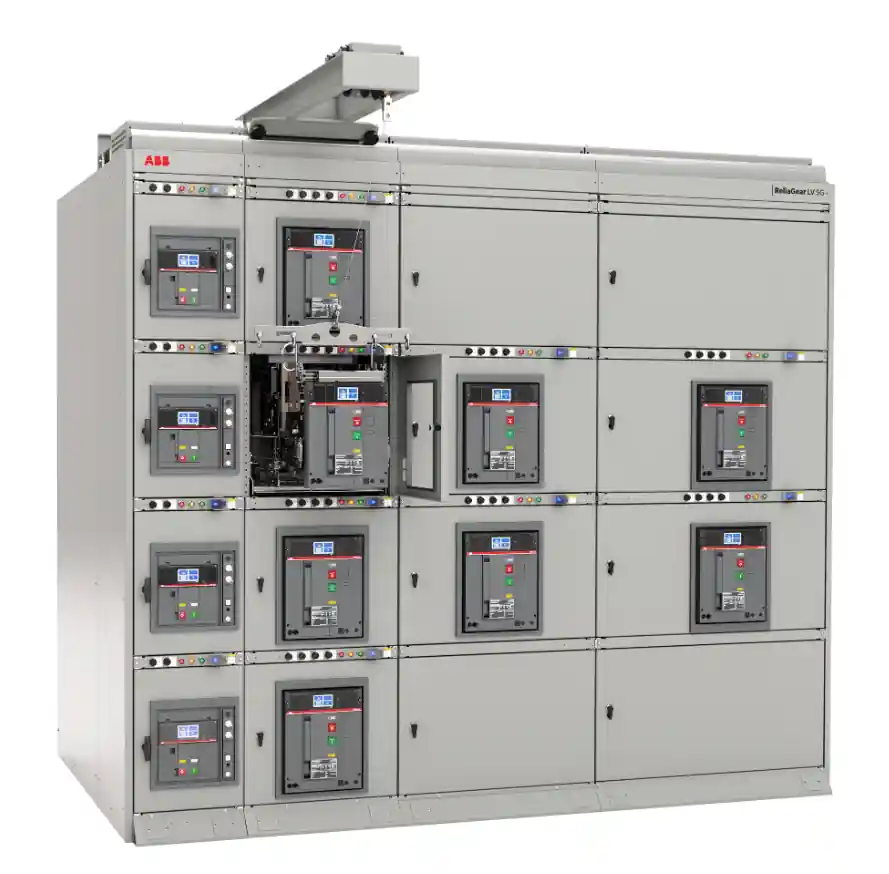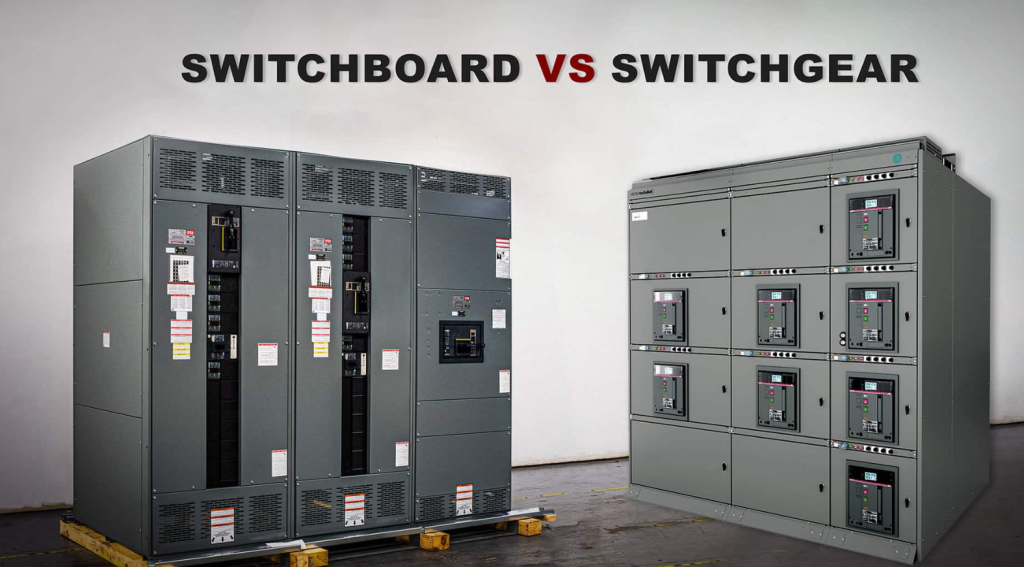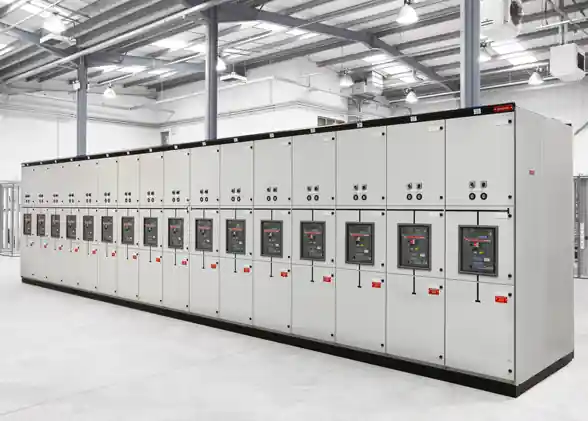In the world of electrical distribution, LV Switchgear plays a critical role in managing, controlling, and protecting low-voltage power systems. Whether it’s an industrial facility, a commercial complex, or a residential building, LV switchgear ensures safe and efficient power delivery at voltages typically up to 1000V AC.
In this guide, we’ll explore what LV switchgear is, how it works, its components, applications, standards, and why it’s essential for modern electrical systems.

What Is LV Switchgear?
LV switchgear, or Low Voltage Switchgear, refers to electrical equipment designed to control, protect, and isolate electrical circuits operating at low voltages — generally defined as ≤1000V AC or ≤1500V DC.
The primary functions of LV switchgear include:
- Protecting circuits from overloads and short circuits
- Enabling safe disconnection for maintenance
- Controlling the distribution of electrical power

Key Components of LV Switchgear
An LV switchgear system typically includes the following elements:
1. Circuit Breakers
Protect the circuit by automatically disconnecting power in case of faults like overloads or short circuits. Types include:
- Miniature Circuit Breakers (MCB)
- Molded Case Circuit Breakers (MCCB)
- Air Circuit Breakers (ACB)
2. Switches and Isolators
Allow manual or remote control of circuits, enabling safe isolation for maintenance or operation.
3. Contactors
Used to control electric motors or lighting systems through remotely operated switching.
4. Relays and Protection Devices
Detect faults and send signals to interrupt the power supply or trigger alarms.
5. Busbars
Conductors that distribute power within the switchgear panel.
6. Enclosures
Provide physical protection for the components and ensure safety with IP-rated enclosures.
Types of LV Switchgear Configurations
LV switchgear is available in various forms depending on the application:
- Main Distribution Boards (MDBs)
Centralized panels that distribute electricity to various sub-circuits. - Motor Control Centers (MCCs)
Specialized panels for managing electric motors with overload, short-circuit, and control protection. - Sub Distribution Boards (SDBs)
Secondary panels used in commercial and residential systems for localized control. - Feeder Pillars
Outdoor units used for street lighting, substations, or remote power distribution.

Applications of LV Switchgear
LV switchgear is used wherever electrical power is consumed and needs to be controlled. Common application areas include:
- Industrial plants (factories, production lines)
- Commercial buildings (malls, offices, hotels)
- Residential complexes (apartment blocks, villas)
- Hospitals, airports, and transport systems
- Renewable energy systems (solar PV panels, battery banks)
- Data centers and telecom networks
Standards and Certifications
When sourcing or manufacturing LV switchgear, compliance with international standards is essential to ensure safety and compatibility. Major standards include:
- IEC 61439-1 – General requirements for LV switchgear assemblies
- IEC 60947 – For individual switchgear components like breakers and contactors
- UL 891 / UL 508A – U.S. standards for panelboards and control panels
- EN 61439 – European standard aligned with IEC

Advantages of Using High-Quality LV Switchgear
- Improved safety for personnel and equipment
- Reliable protection against electrical faults
- Efficient power distribution in complex environments
- Modular design for future expansion
- Smart monitoring through SCADA or IoT integration
Sample LV Switchgear Specification Table
| Specification | Typical Range / Value |
|---|---|
| Rated Voltage | Up to 1000V AC / 1500V DC |
| Rated Current | 100A to 6300A |
| Short-Circuit Withstand | Up to 100kA for 1s |
| IP Protection Level | IP30 – IP65 |
| Mounting Type | Floor-standing / Wall-mounted |
| Applicable Standards | IEC 61439, IEC 60947, UL 891 |
Trends in LV Switchgear: What’s New?
- Digitalization – Integration with smart monitoring, predictive maintenance, and real-time control
- Compact Designs – Space-saving panels for urban and modular infrastructure
- Eco-Friendly Materials – Halogen-free plastics and low-energy components
- Arc Flash Protection – Enhanced operator safety during fault conditions
- Renewable Integration – Switchgear built for solar, wind, and hybrid systems
LV switchgear may be hidden behind doors and panels, but it is one of the most important components of any electrical infrastructure. Without it, modern life as we know it — powered by machines, lights, computers, and automation — would be unsafe and unreliable.
Whether you’re designing a commercial building, managing an industrial plant, or developing a clean energy system, selecting the right LV switchgear is a decision that directly affects safety, uptime, and efficiency.
Investing in high-quality, standard-compliant LV switchgear ensures that your electrical guide system will perform reliably for years to come.
Frequently Asked Questions (FAQ)
A: LV switchgear typically operates up to 1000V AC or 1500V DC.
A: IEC 61439-1 and IEC 60947 are the most commonly used international standards.
A: It is used in industries, buildings, data centers, solar plants, and virtually all power distribution systems.
A: LV switchgear includes overload, short-circuit, ground fault, and arc flash protection, depending on the design.
A: Yes. Modern smart switchgear supports communication protocols for remote monitoring and automation.